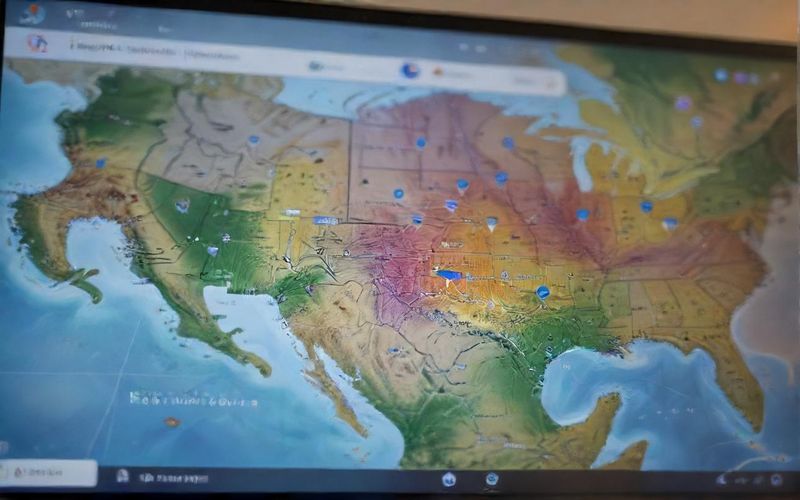New Ting App Tracks Power Outages Nationwide

This is why I found myself intrigued by a new tool that's aiming to make tracking these disruptions much easier. Whisker Labs, a startup focused on electrical safety, has launched a free feature within its Ting app that provides a national, neighborhood-level map of power outages. What's interesting is that you don't even need to own their home sensor, which is designed to detect electrical issues and prevent fires, to access this map. They're leveraging data from over a million of these sensors already installed across the country, and as reported by The Verge, a Ting sensor is within a mile of roughly 95 percent of US homes. This kind of hyperlocal information could be a game-changer when you're wondering if you can head back home or if your neighbors are still in the dark.
It's not the first attempt at tracking outages, of course. We’ve seen utility maps and even anecdotal reports, like folks using restaurant apps to see which locations had power after a storm. But the granularity of the Ting app's map, which can pinpoint outages and even track restoration in near real-time, seems to offer a significant advantage. This comes at a time when, as data from the US Energy Information Administration shows, weather-related disruptions are becoming more frequent and prolonged. Just last year, a plane crash near Rigby, Idaho, for instance, caused a localized power outage for thousands of Rocky Mountain Power customers. While that was a specific incident, it highlights how many factors can lead to our lights going out.
With increasingly extreme weather impacting our aging power grids, having more accessible and accurate information about power outages near me and across the country feels more important than ever. It makes you wonder, as these tools become more sophisticated, how much more resilient can we become to these inevitable disruptions?









